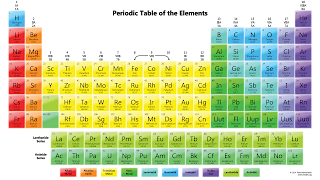SIMPLE DISTILLATION Diagram Showing the Simple Distillation of a Mixture of Salt and Water USE: To Separate a Liquid from a Solution (E.g Water from a Solution of Salt Water) EXPLANATION: Solution is Heated and Water Vapours will Rise and Evaporate Water Vapours will Pass through the Condenser, where it Cools and Condenses, turning into a Liquid that will be Collected in a Beaker After All the Water is Evaporated from the Solution, the Solute will be Left Behind FRACTIONAL DISTILLATION Diagram Showing the Fractional Distillation of a Mixture of Ethanol and Water USE: To Separate Two or More Liquids that are Miscible with One Another (E.g Ethanol and Water from a Mixture of the Two) EXPLANATION: Solution is Heated at Temperature of Substance with the Lowest Boiling Point This Substance will Rise and Evaporate, and Vapours will Pass through a Condenser, where it Cools and Condenses, turning into a Liquid that will be Collected in a Bea
